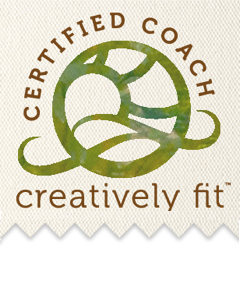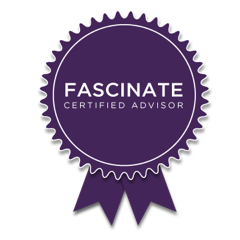Albert Einstein said: “The intuitive mind is a sacred gift and the rational mind is a faithful servant. We have created a society that honors the servant and has forgotten the gift.”
Steve Jobs said: “I’m one of the few people who understands how producing technology requires intuition and creativity, and how producing something artistic takes real discipline.”
Despite massive contributions from creative people and innovative organizations, most people don’t think much about their own creative potential, and this has become a topic of increasing concern. The decline in creativity and the need to amp up innovation are frequent topics in magazines, journals, studies, surveys, and books. Most of these sources recommend that companies create a climate for creativity and try the latest tips and techniques. Rarely is the focus on the idiosyncratic nature of people and how to ignite creativity awareness and exploration.
Most education systems and business organizations teach, encourage, and reward the acquisition of technical and analytic skills outlined in curriculum and performance plans with extrinsic rewards. Decades of research indicates that people are motivated by freedom to express their unique brand of creativity, getting better at something that matters, and doing something worthwhile, all related to human intrinsic needs to develop and use natural potential. The opportunity cost of this disconnect is huge, for individuals AND organizations. Individual creativity is the fuel organizations need to innovate. Professional development can ignite it.



